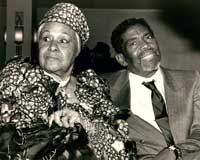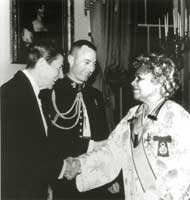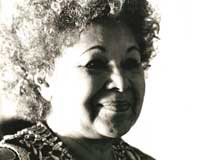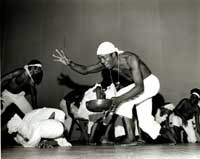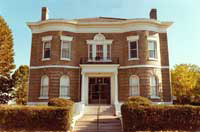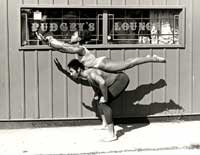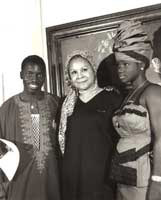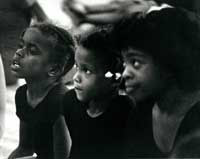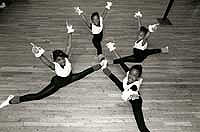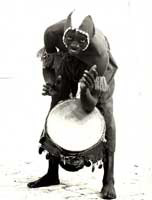
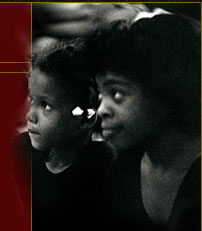
In 1964, Katherine Dunham joined the staff of Southern Illinois University at Carbondale (SIU-C) as an artist-in-residence. In 1967, she founded the Performing Arts Training Center (PATC) in East St. Louis. Controversy continued to follow her as she moved into a city rife with racial conflicts. She included as her students militant young men of the area. When the administration at SIU-C felt that she was getting too close to some of the black men, they asked her to resign. She replied, “now I may never leave.” In 1969, Miss Dunham and her husband, John Pratt, moved to East St. Louis, where she began her cultural arts programs. In 1979, Miss Dunham opened the Dunham Dynamic Museum on Pennsylvania Avenue in East St. Louis. Throughout the years the museum and the training center has exposed community children and adults to internationally known dancers, artist, scholars, and musicians. In recent years both institutions have experienced serious financial problems that resulted in a cutback of staff and operating hours. A dedicated board and community members (including former dancer Darryl Braddix) continue to make efforts to integrate the facilities in the region. |
From her first dance school until she arrived in East St. Louis, Miss Dunham’s curriculum included the study of other cultures. Believing in teaching dance from the inside out, Dunham educated her dancers to understand the intricacies of a society so that they could include that knowledge in their movements. Her performances, which impacted many people, both young and old, were truthful and authentic. With her interest in other cultures, she was able to infuse the spirit of the individual into the dance. She brought everything that she was into her dance. This lady—known as a choreographer, writer, dancer, and social activist—experienced a freedom of will during a time when it was inappropriate for a woman—especially an African American woman—to do so. Furthermore, she did all this while maintaining her strength and keeping her independence.
The Dunham Technique is still being taught across the United States and throughout the world, exposing new generations to this permanent dance form. In addition to the dance schools and centers and cultural arts programs, seminars based on the Dunham model are offered in East St. Louis, New York, and international communities. Over the years she called world leaders and world-renowned artists either her friends or students. The following is a short list of individuals with whom she crossed paths:
On Sunday, May 21, 2006, Katherine Dunham died in her New York apartment barely one month shy of celebrating her 97th birthday. It is important that the world never forget the contributions that she so graciously shared with us. Whether it was in the field of literature, films, choreography, anthropology, or dance, she experienced life as an African American female at a time when she was one of the few and oftentimes the first to accomplish major feats. Miss Dunham was a social activist that never needed a megaphone, a crowd, or a march to get her point across, and she never backed down from a struggle. She stood up for what she believed, and did it without losing one iota of class. Most of us can’t compete with what she achieved, nor do we have the stamina to reach the heights she attained in even one area of study. During a recent conversation, Charlotte Ottley (Miss Dunham’s St. Louis-area executive liaison) stressed that while it is fine to spend a few days mourning Katherine Dunham, it is for the long term that her memory must be preserved. It is Ottley’s hope and the desire of many that we continue to share the work of Miss Dunham with future generations. This should be an easy task, since Katherine Dunham’s extensive body of work has given us a legacy that will remain long after her dancing stopped. In the evening of June 22nd, 2006, a celebration of Katherine Dunham's life was held at the Missouri Historical Society. Here is a short video clip of the evening performances: QuickTime: Small, QuickTime: Very Small, or watch the Flash Movie below.
|






